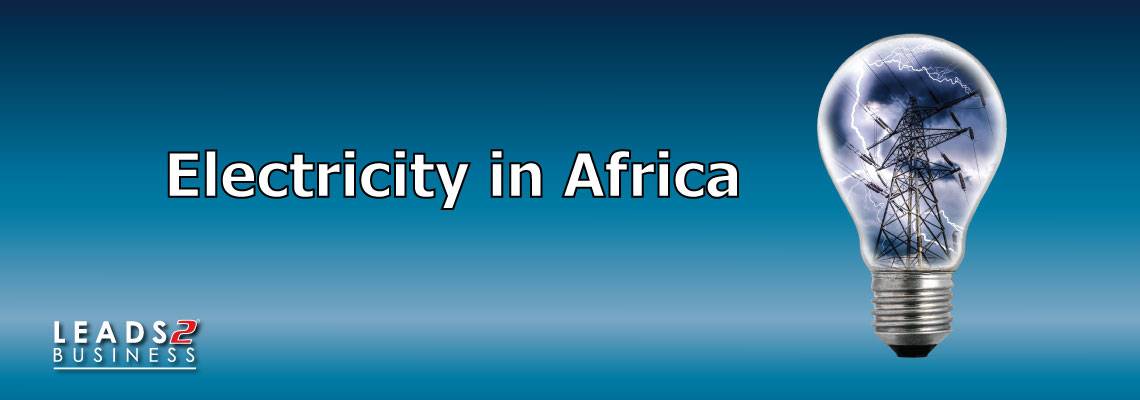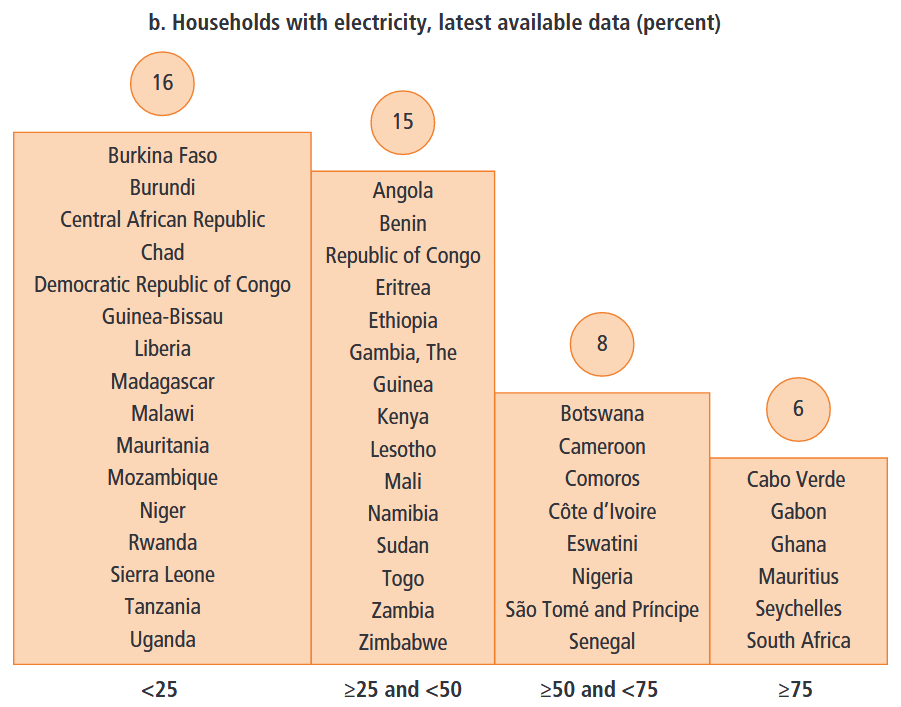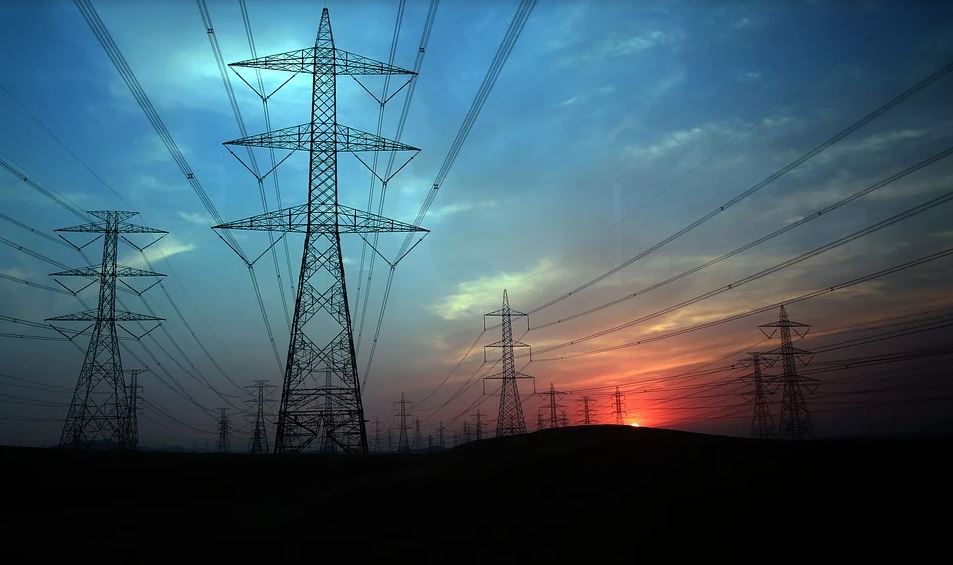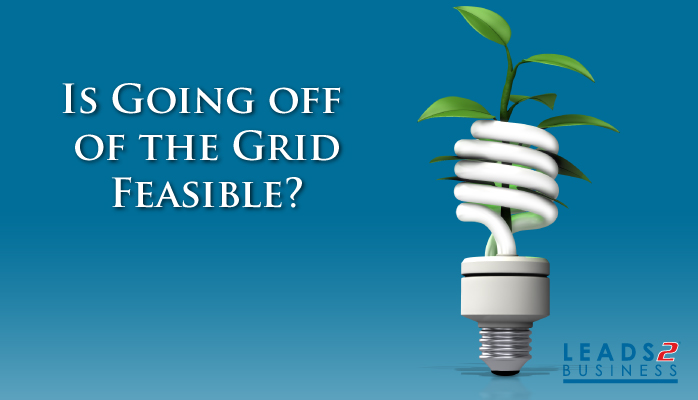
Africa’s people don’t have access to electricity – why and what is being done?
So I was a bit worried about the topic of this blog and I’m not going to lie…doing research on it gave me a bit of a wake-up call. It made me realise how easy and often we take things for granted. I have realised that the small things in life are what truly counts and that without them people’s lives can be really dim 😉
The first question…WHY?
Some countries don’t have enough resources to provide electricity to the citizens. If those countries don’t have the resources or if they don’t have the money to buy or build the resources that generate electricity, the country, unfortunately, can’t provide it to their citizens. Today, one in three Africans do not have access to electricity, which means they have to make use of paraffin or spend their lives in darkness. Power providers are financially unable to provide electricity and often suffer from old infrastructure, which then means they can’t deliver their services to customers. If this does not change, there will be more people without power by 2030 than there are now.
One of the major barriers to electrification is the cost of a grid connection. A grid connection in Kenya, for example, is estimated at USD 400 per household…I mean, really!
Another big reason…Some households won’t be metered as they do not have a formal address, or people live in an area that is difficult to access – for example near flood plains or in informal settlements. So then again how would these families be able to afford USD 400 to be connected to electricity???
And then probably the biggest reason…Corruption…between service providers, power theft and the establishment of electricity cartels also upset and limits electricity access.
So, let’s look at some statistics:
The number of people without access to electricity globally has dropped, from 1.2 billion in 2010 to 840 million in 2017. It is predicted that by 2030, there will still be about 650 million people without access to electricity, and 9 out of 10 of them will live in Sub-Saharan Africa…how scary is this!
Which country has no electricity? – South Sudan is the country with the worst level of electricity access in the world, with a minimal amount of 4.5% of the population connected to the power grid as of 2014. Only 7% of those living in Burundi have access to electricity, while in Chad this figure is 8%.
The 15 most under-powered countries are all based in Africa. In Sierra Leone, the situation had gotten worse since 1990, down from 18.4% to 13.1%. Same situation in Angola – down from 47% to 32%, Djibouti – down from 63.4% to 46.7% and Kiribati – down from 95.2% to 48.1%.
Across most of central Africa, the overall percentage who have access to electricity averages less than 21.22%. Many clinics and hospitals lack access to reliable electricity as well as half of the secondary schools in sub-Saharan Africa do not have power.
The below graph is a good illustration of the percentage of households in various countries who have access to electricity:

With this all being said, what can be done to improve this situation for millions of people on the African continent?
A very important recommendation is that households must be encouraged to have individual meters to measure their electricity usage. Installing prepaid meters can be very beneficial whereby it gives low-income households the option of paying in smaller amounts instead of a bigger amount at the end of the month this allows poorer households to budget and pay for electricity as and when they can.
A study found that the above option can be very beneficial and affordable to the poorer households. However, service providers must minimize technical and commercial power system losses due to activities such as meter tampering. Increasing tariffs, which are the rates consumers pay for electricity, are also necessary but should aim at large- and medium-size consumers first and in line with service quality improvement. Sharing the initial cost of connection across all electricity users, including large- and medium-sized firms, could also help take away the burden of upfront connection costs for poor households. However, a more efficient billing system should be implemented to ensure revenue is collected on a broader scale and not always just focus on large and medium-size consumers.
Millions of people still living without access to electricity live in urban areas. Most are within a stone throw from existing power grid infrastructure. So, why aren’t these consumers connected to the formal grid?
Urban communities also often face many challenges in obtaining access to electricity. These range from extremely high costs of a connection, to informal housing, power theft and many more.
Decentralised renewable energy technologies (solar, wind, small hydro) offer an important solution for “under-the-grid” electrification. They are simple, fast and easier to set up. They have short installation times, and also offer a reliable electricity service for informal settlements. The willingness to pay for decentralised renewables is much higher than a grid connection because they are seen as more reliable. People are looking for new ways to create a more reliable and efficient system to produce electricity. Another advantage of decentralised renewables is that they are much easier to maintain than current grid systems in place and also contribute to factors such as job creation.
Access to reliable, safe, and affordable electricity can improve so many lives in Sub-Saharan Africa—people can work longer and be more productive, children can study at night and hospitals can provide reliable healthcare to those who need it.
In conclusion, there is light at the end of the tunnel…60% of the newly connected population were in rural areas, where it is more difficult to connect people. The urban electrification rate increased from 72% to 74% and rural electrification increased from 16% to 23% in the same time frame. These solutions show that with the right approach, and simple innovations, Africa’s prospective urban customers can finally get access to electricity. This, in turn, will boost countries’ economies and will hopefully provide a brighter future for all!
Sources:
Worldbank
WRI
Economist
QZ
The Conversation
Brookings
Express
To view more Articles, please visit our Leads 2 Business Blog.
If you are interested in becoming one of our subscribers, please visit Leads 2 Business.
To view notes with screenshots on how to use our website, please visit Leads 2 Business Wiki.
I started at Leads 2 Business in 2023. I worked in the Projects Department as a content researcher for the Northern Cape, Eastern Cape and the Gauteng region. I've experienced many great opportunities for growth and learning in this time. I am now IT Admin Support and I am loving the new ways of contributing to the company's success. My colleagues are always willing to share their knowledge and expertise.












